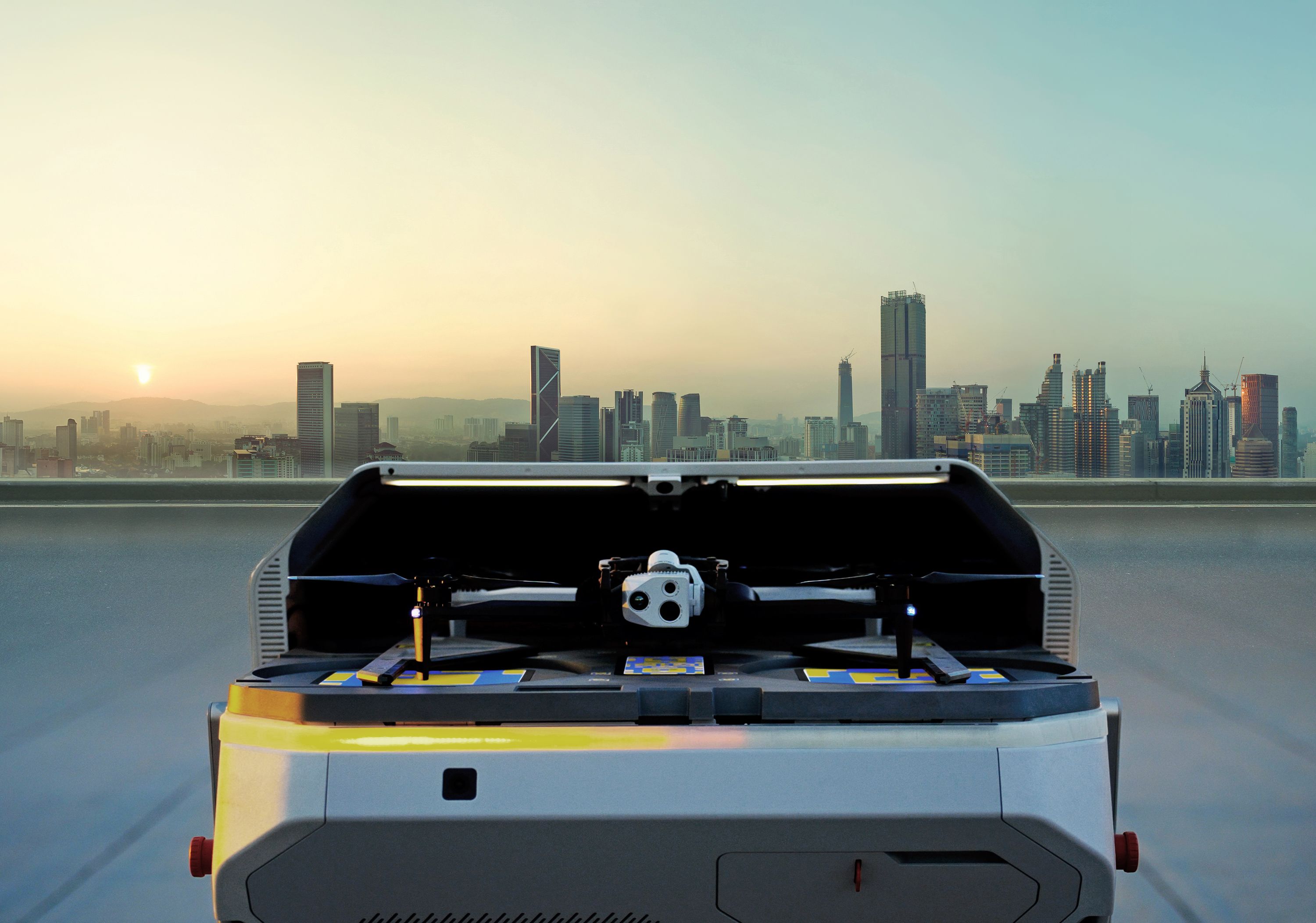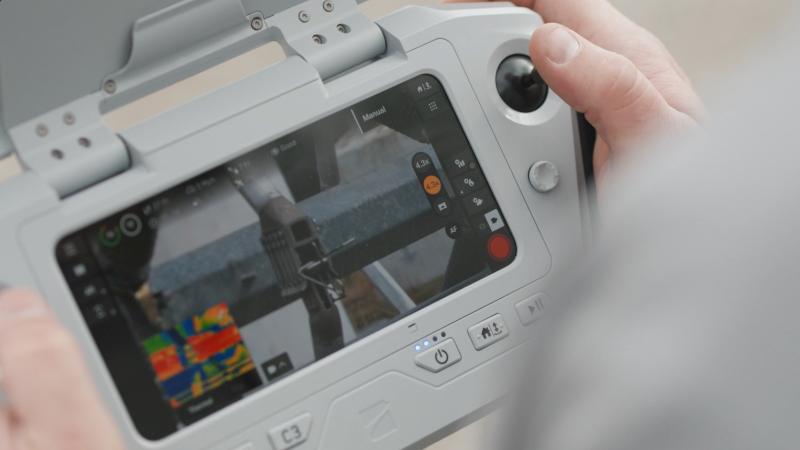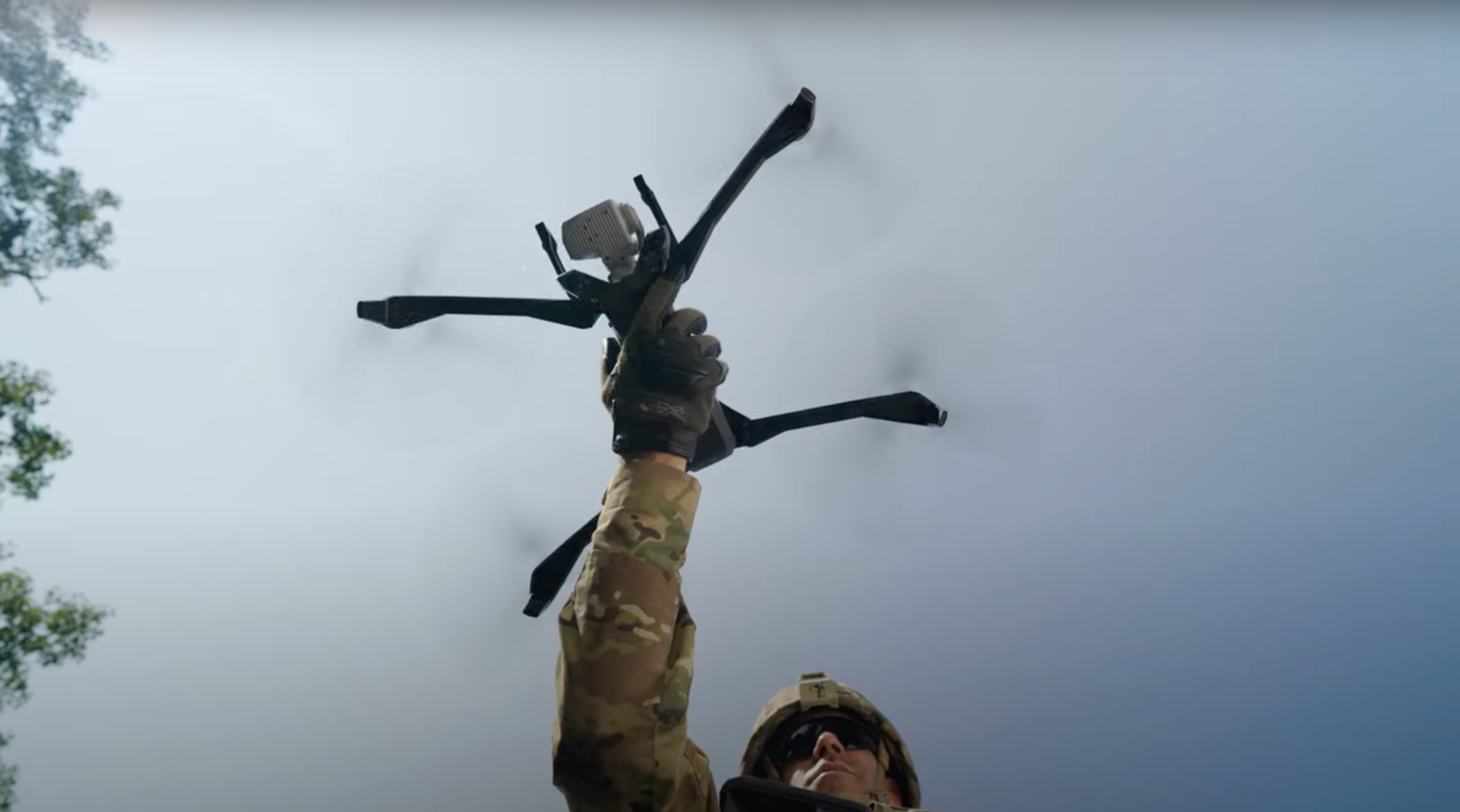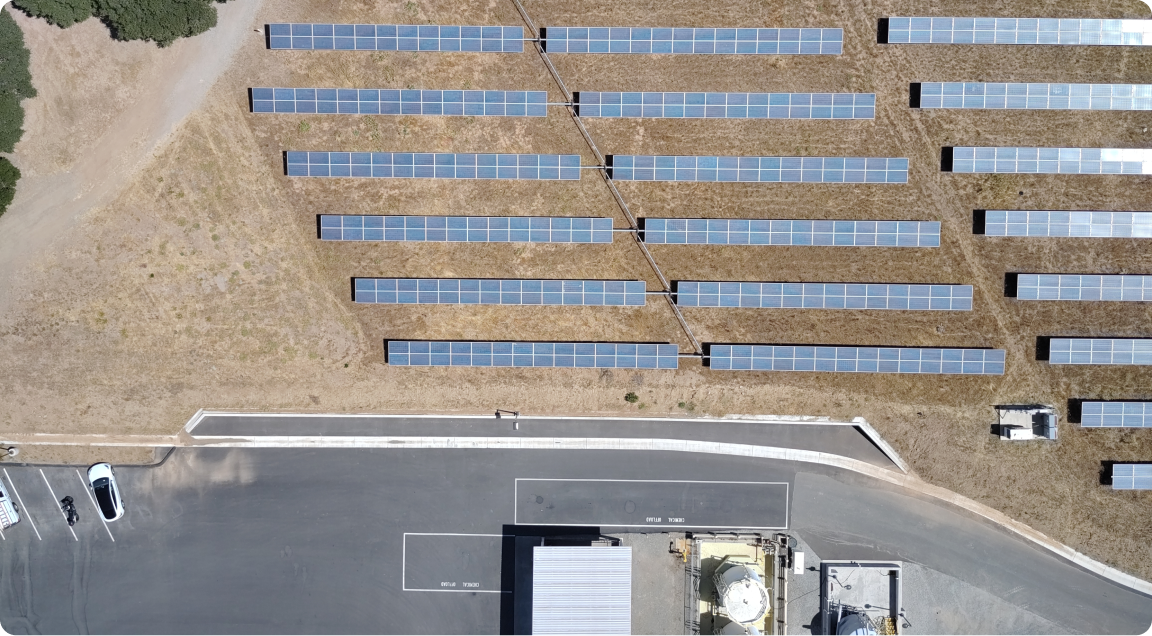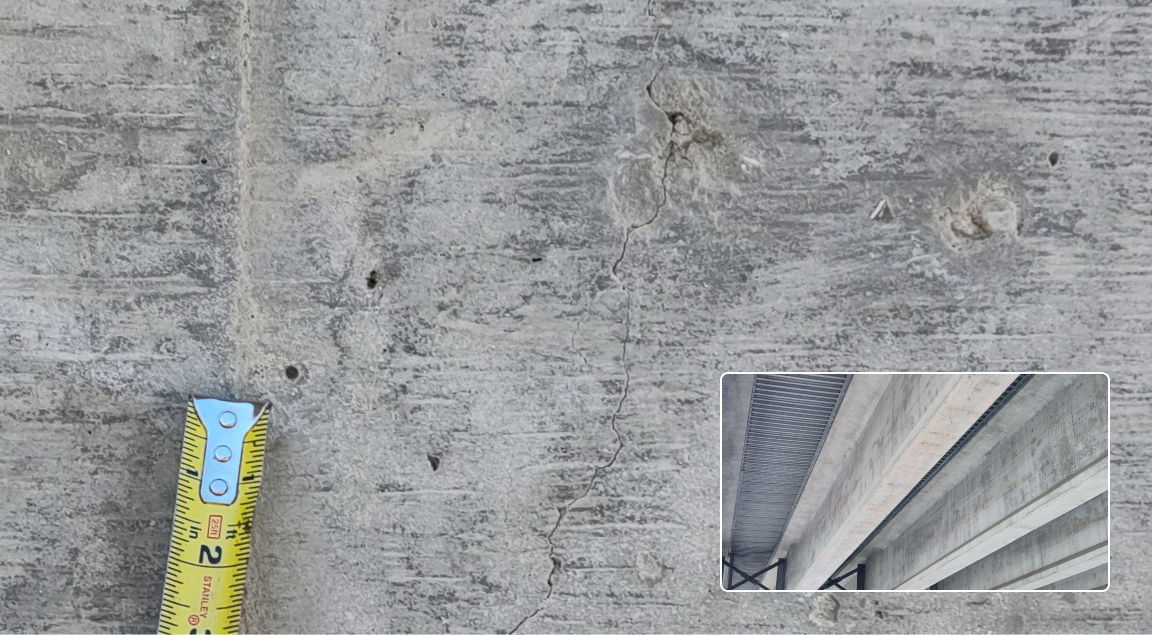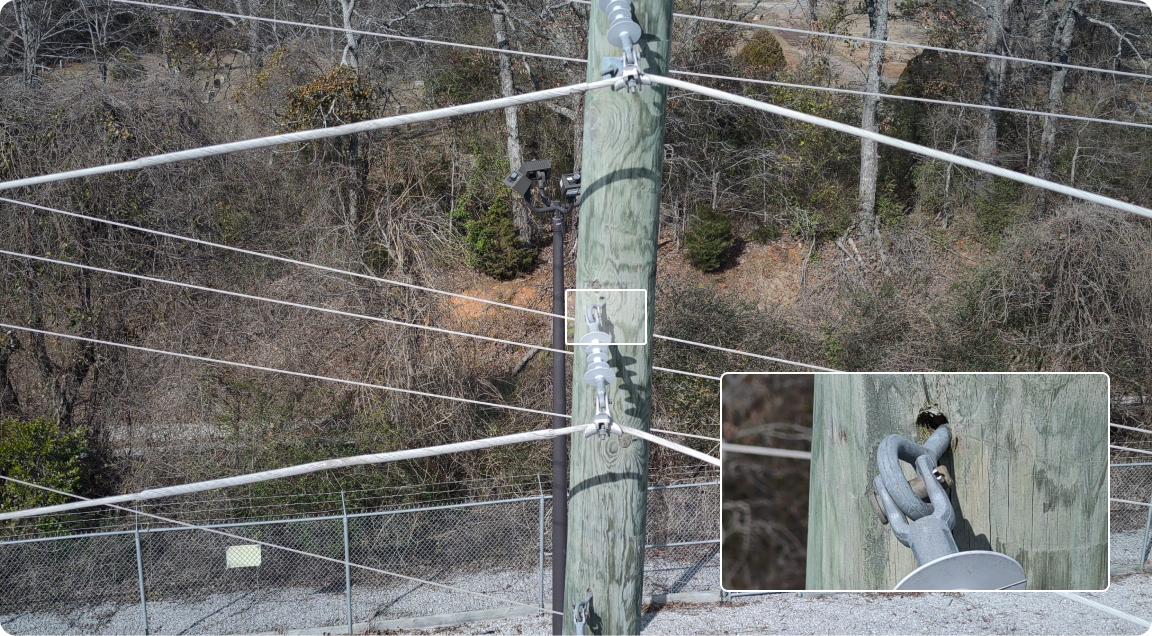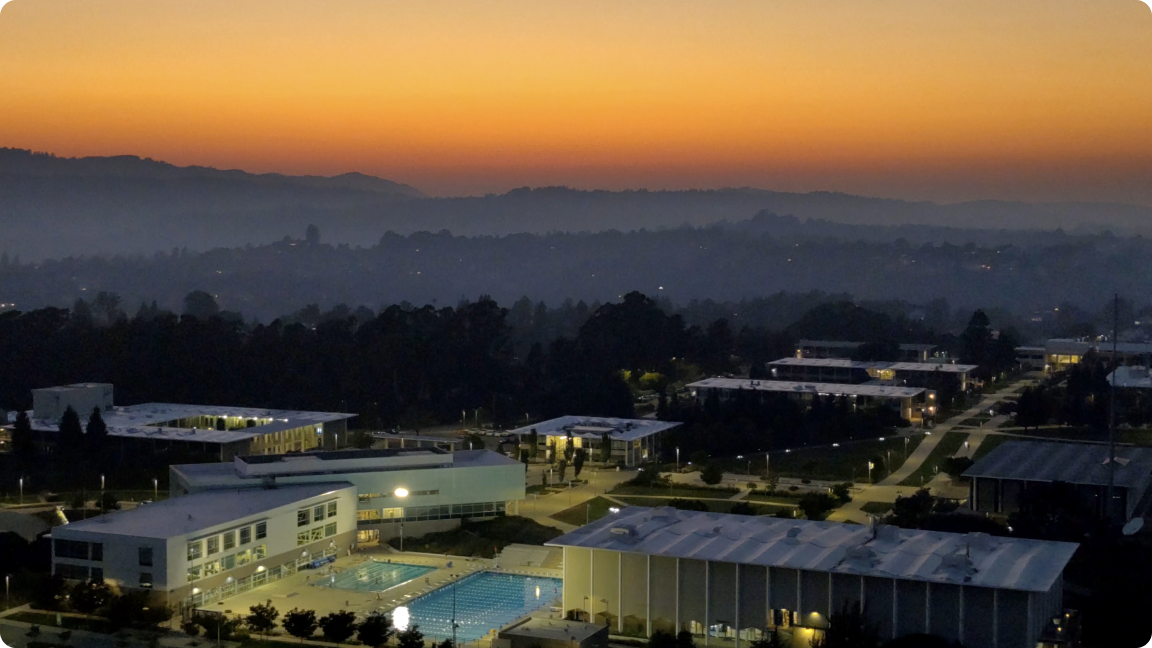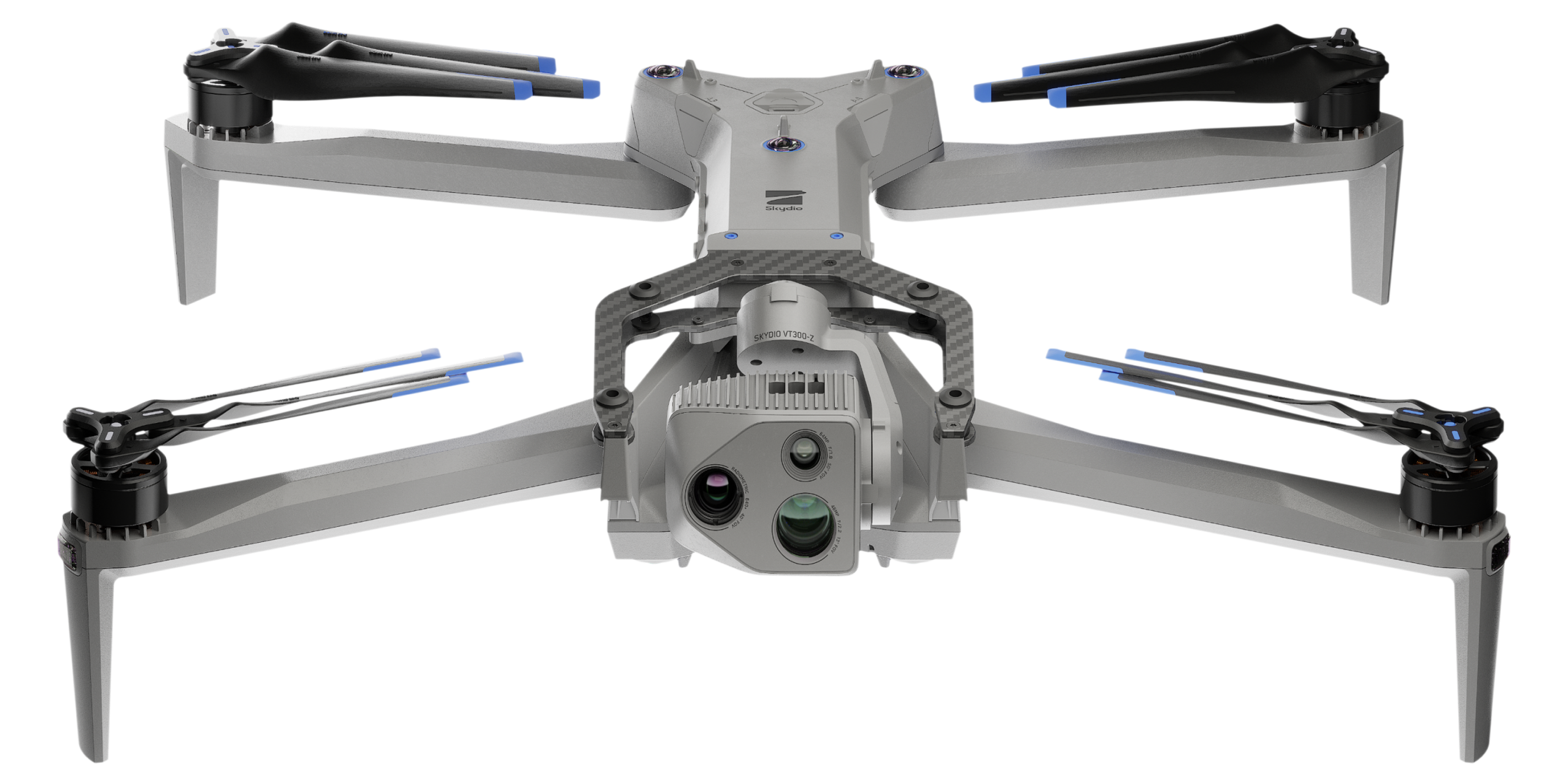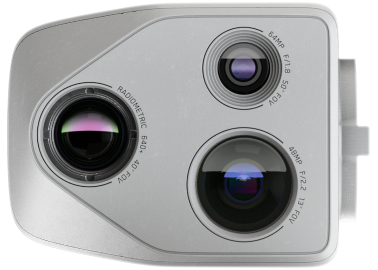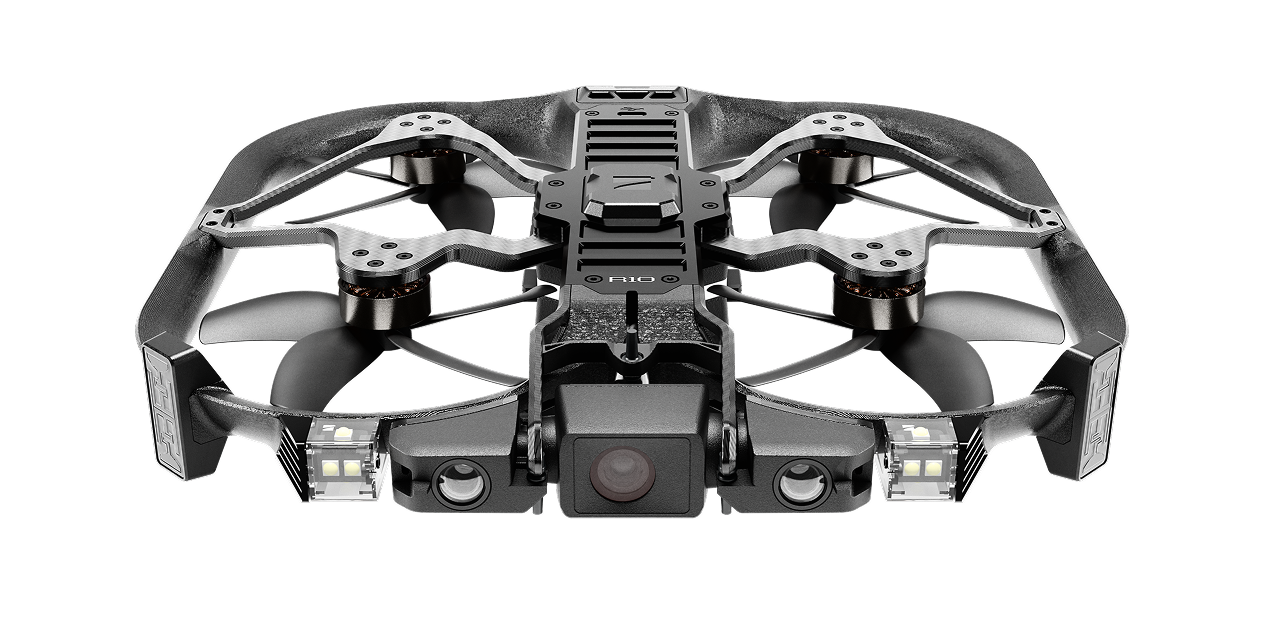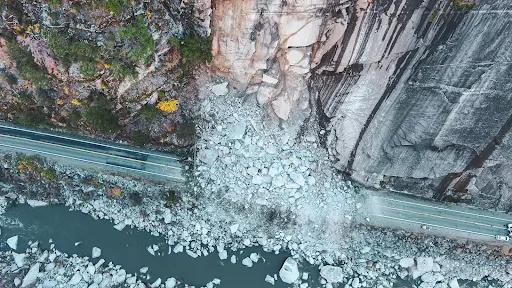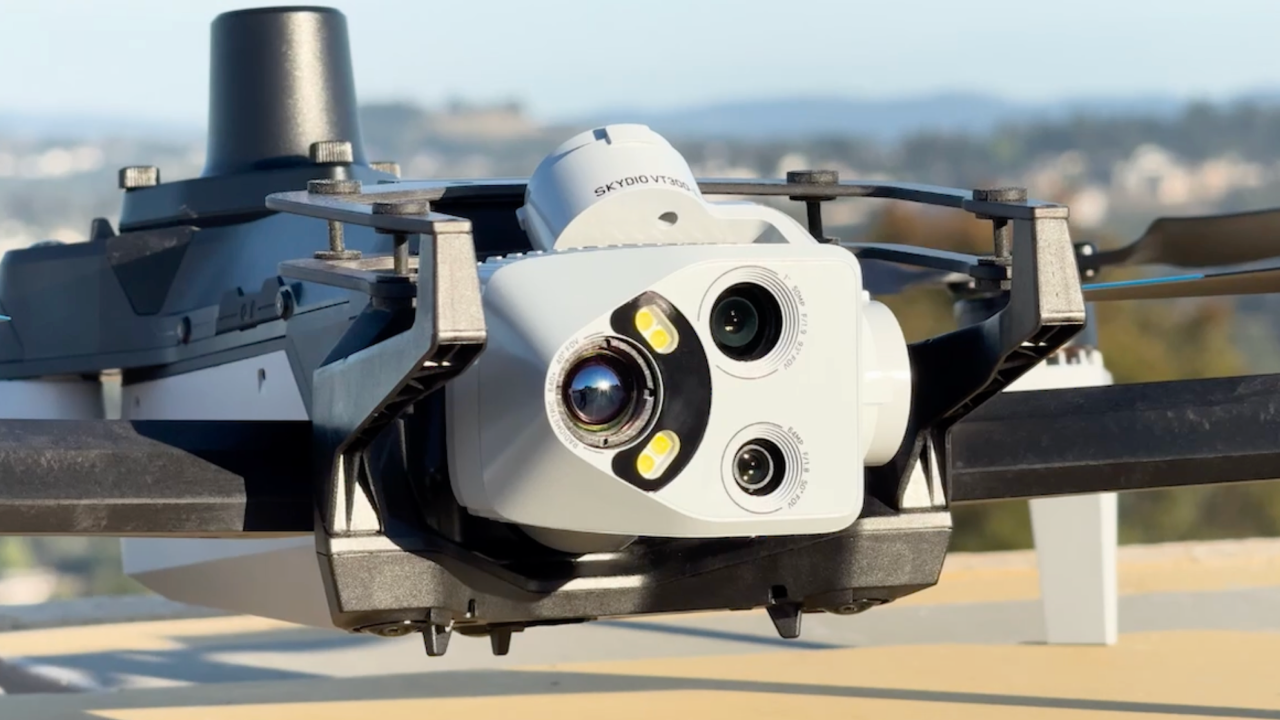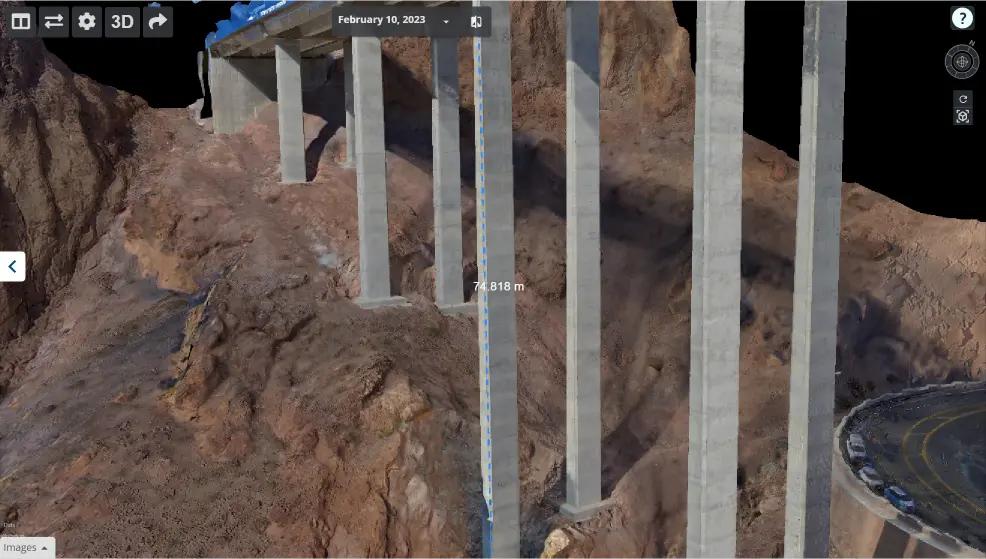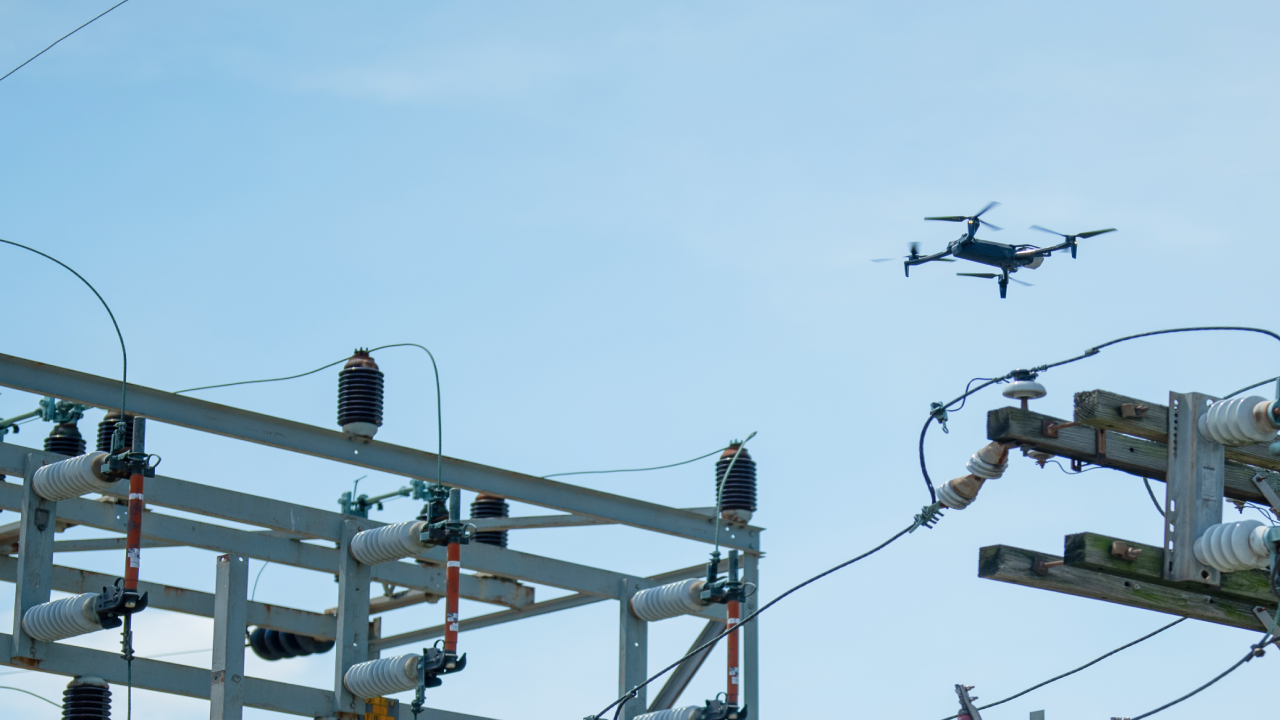Launching missions from a dock and piloting remotely, we now deliver survey-grade accuracy daily—without disrupting operations. This precision empowers our teams to make faster, smarter decisions across design and construction, reducing rework and keeping projects on schedule.
Asset Inspection
Capture every detail.
Inspect assets safely, quickly, and from any angle with a Skydio aerial inspection program.
From bridges, to refineries, to construction sites, a Skydio aerial inspection program modernizes any inspection and maintenance plan with automation powered efficiencies, best-in-class sensors, and lower risk for workers.
How Skydio makes inspections more efficient, precise, and safe.
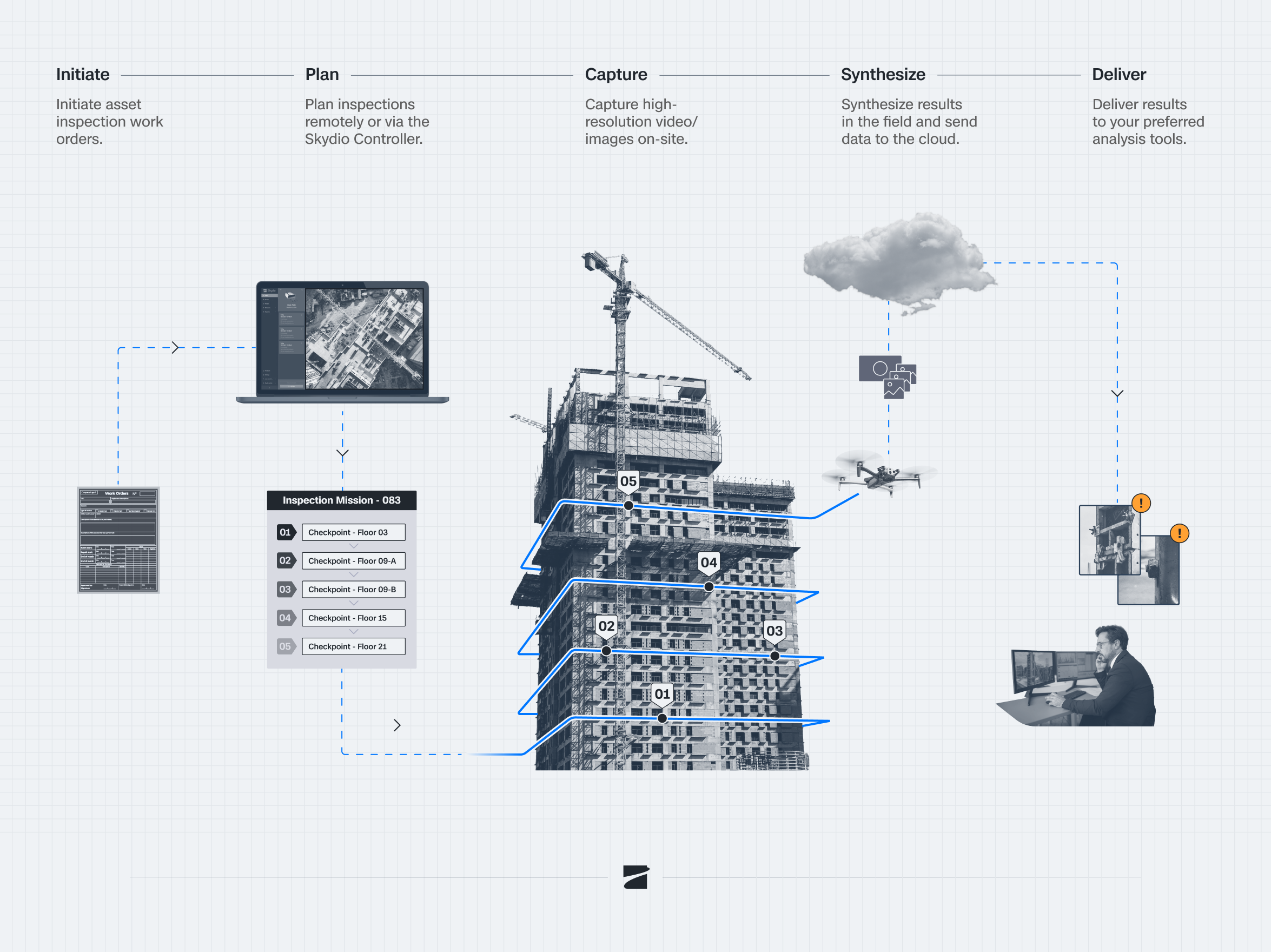
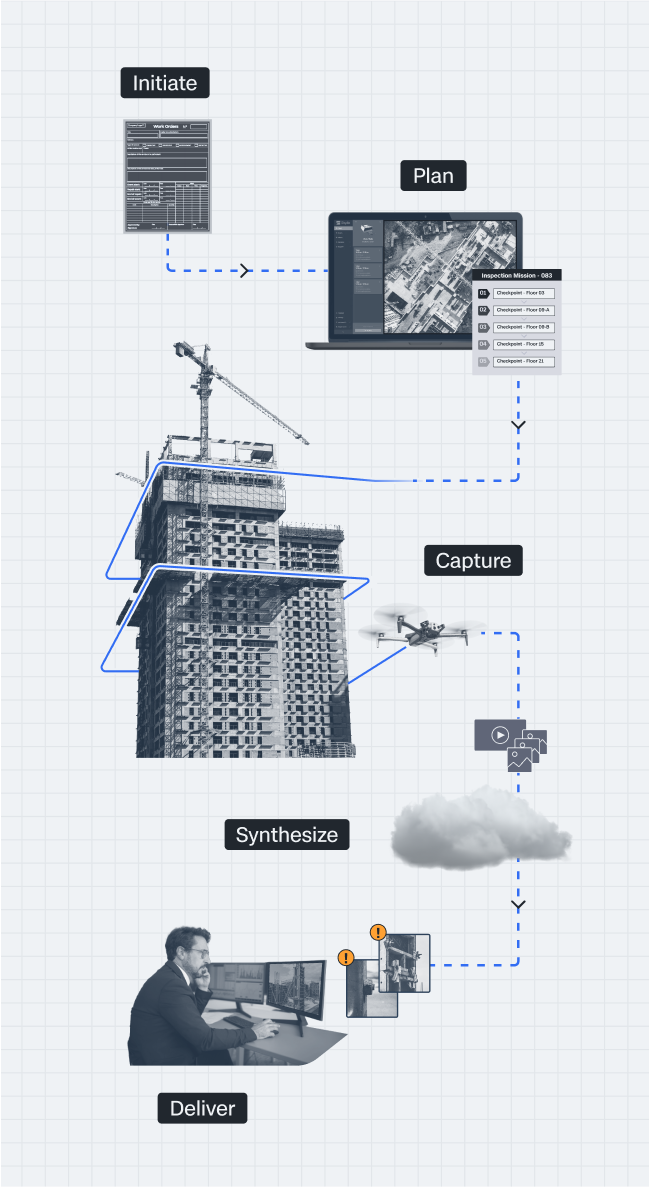
Unlock efficiency powered by automation.
Automate inspections from start to finish. With asset-based mission planning, your existing asset data becomes ready-to-fly missions in just a few clicks. Capture more accurate data, inspect more often, and scale coverage—all without adding headcount.
See every detail.
Before it’s too late.
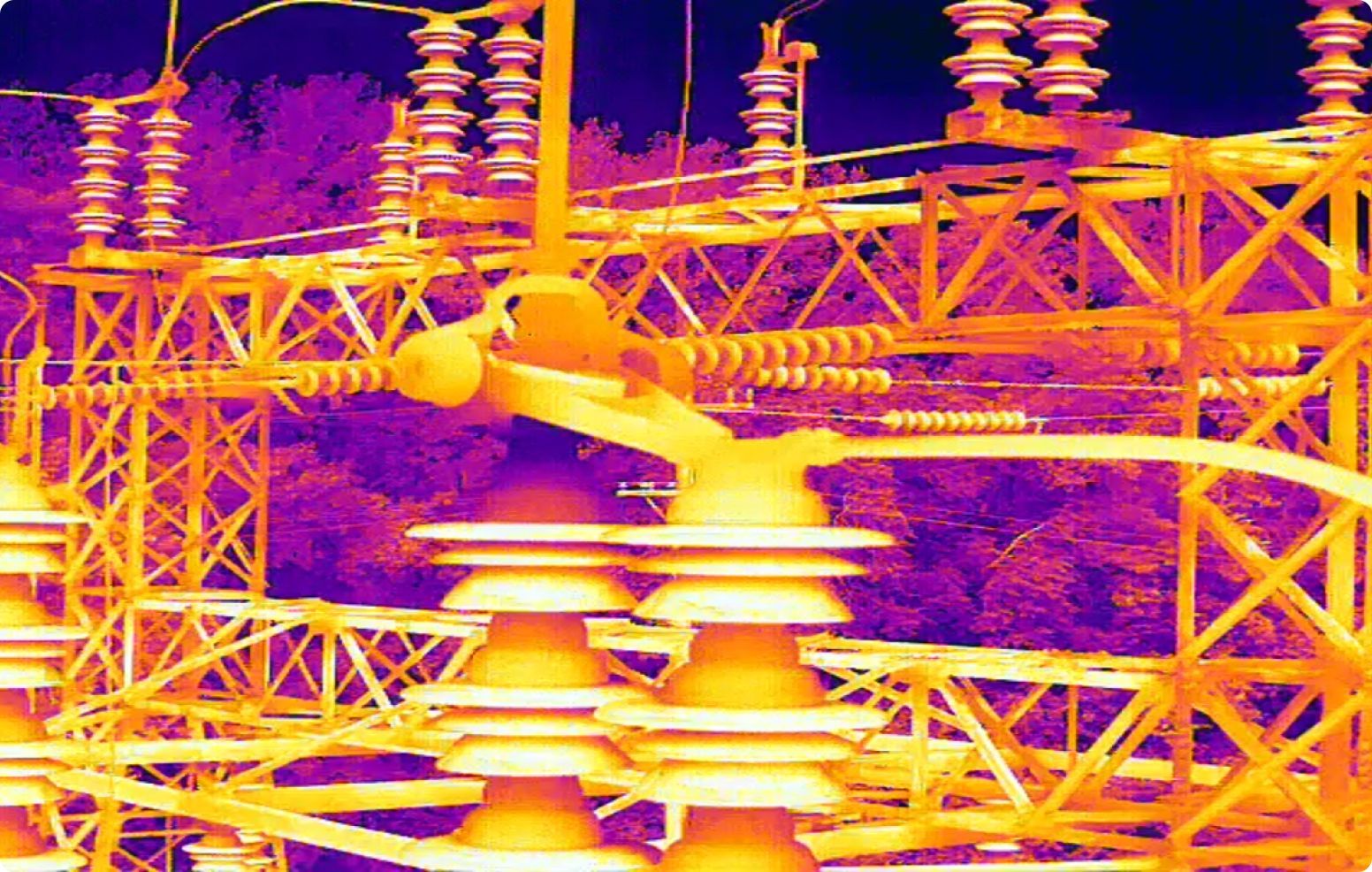
With best-in-class sensors, thermal imaging, and the ability to access hard-to-reach vantage points, you’ll get a complete picture of your assets down to the millimeter, to stop incidents before they start.
Keep your team and your assets safe.
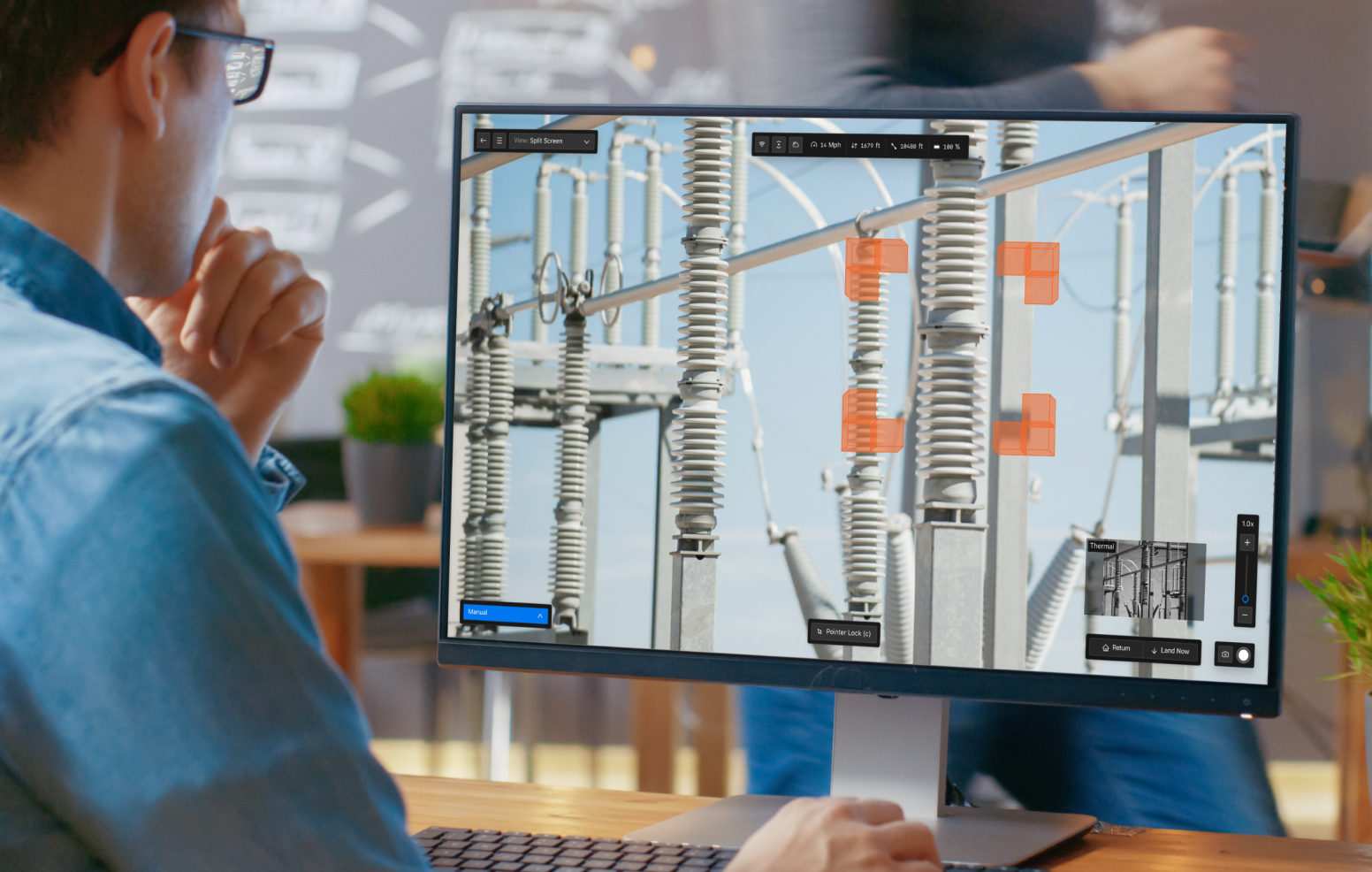
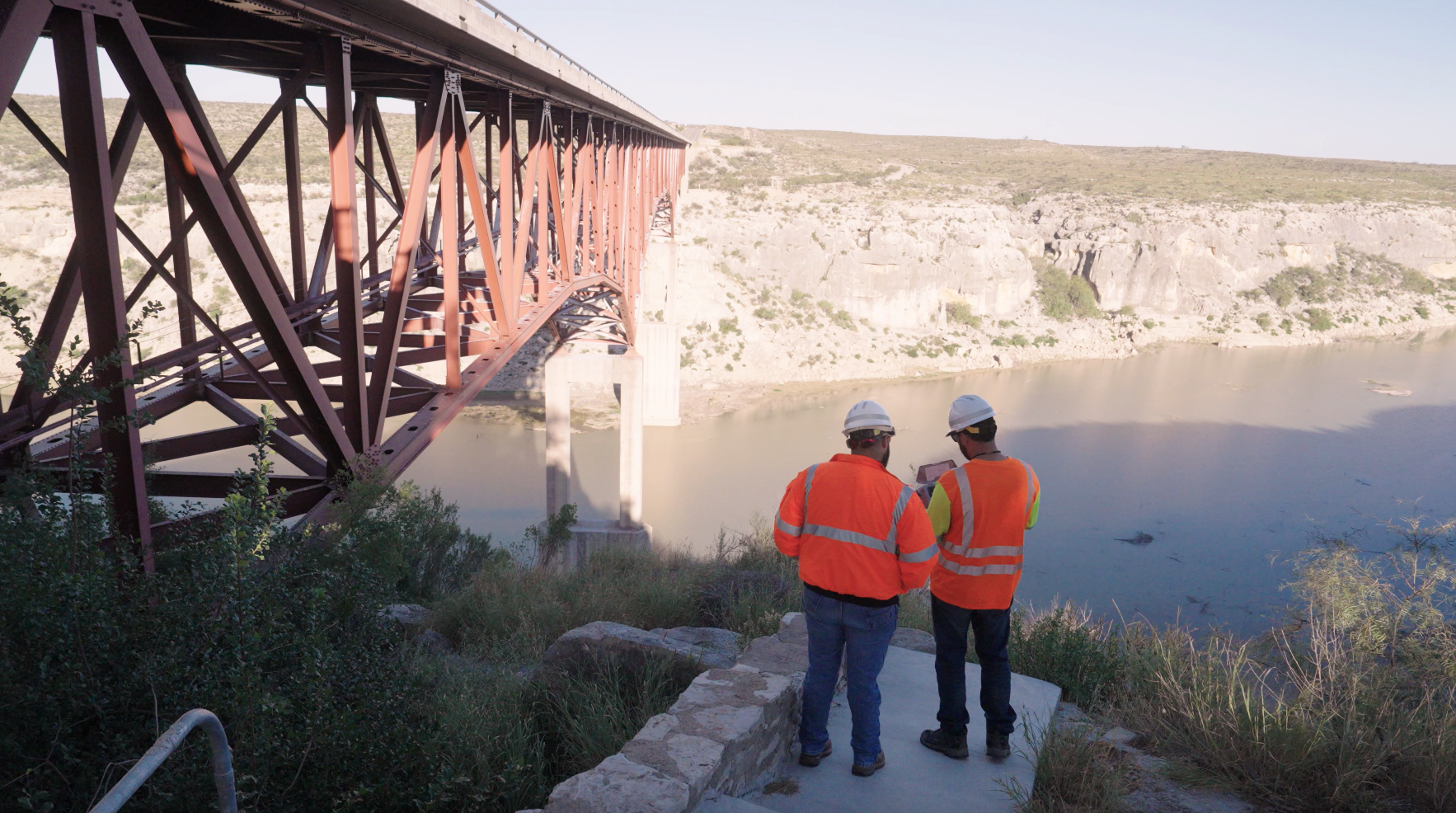
Traditional inspections expose workers to hazards, including climbing, rappelling, scaffolds, and energized environments. Skydio drones redefine what's possible, allowing inspections to be done safely from the ground—or even remotely—so your teams don't have to take those risks.
Scan assets autonomously for detailed, interactive 3D models using your preferred photogrammetry software.
Versatile inspection solutions anytime, anywhere.
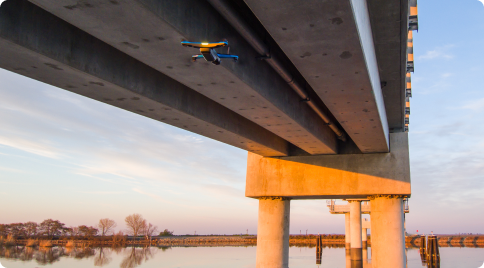 Solar installations.
Solar installations. 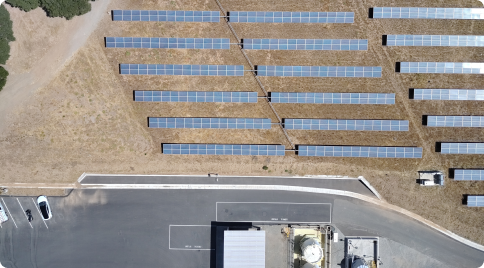 Telecoms assets.
Telecoms assets. 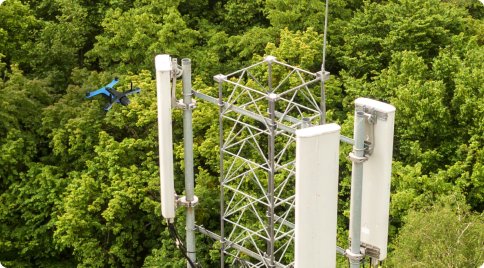 Construction sites.
Construction sites. 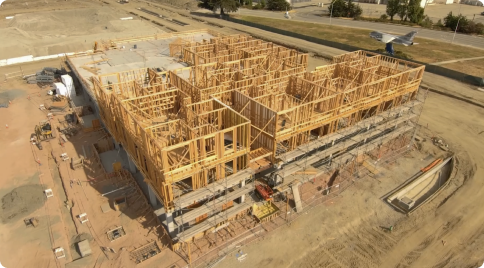 Real estate.
Real estate. 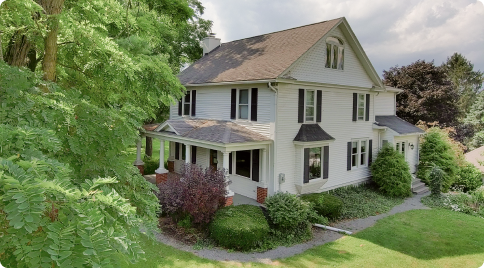 Utility infrastructure.
Utility infrastructure.  And more.
And more. 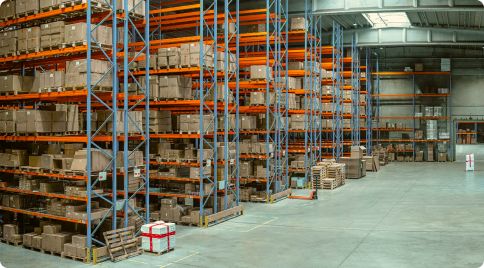
Skydio X10: The right tool for any task.
Recommended inspection options.
Attachments

Let’s take the first step together.
Resources
Learn more about asset inspection.
1 Always fly X10 in compliance with applicable laws and according to the Skydio Safety and Usage Guidelines
2 Remote piloting and continuous live-stream are dependent on cellar network connectivity. BVLOS permit required for remote flight.
